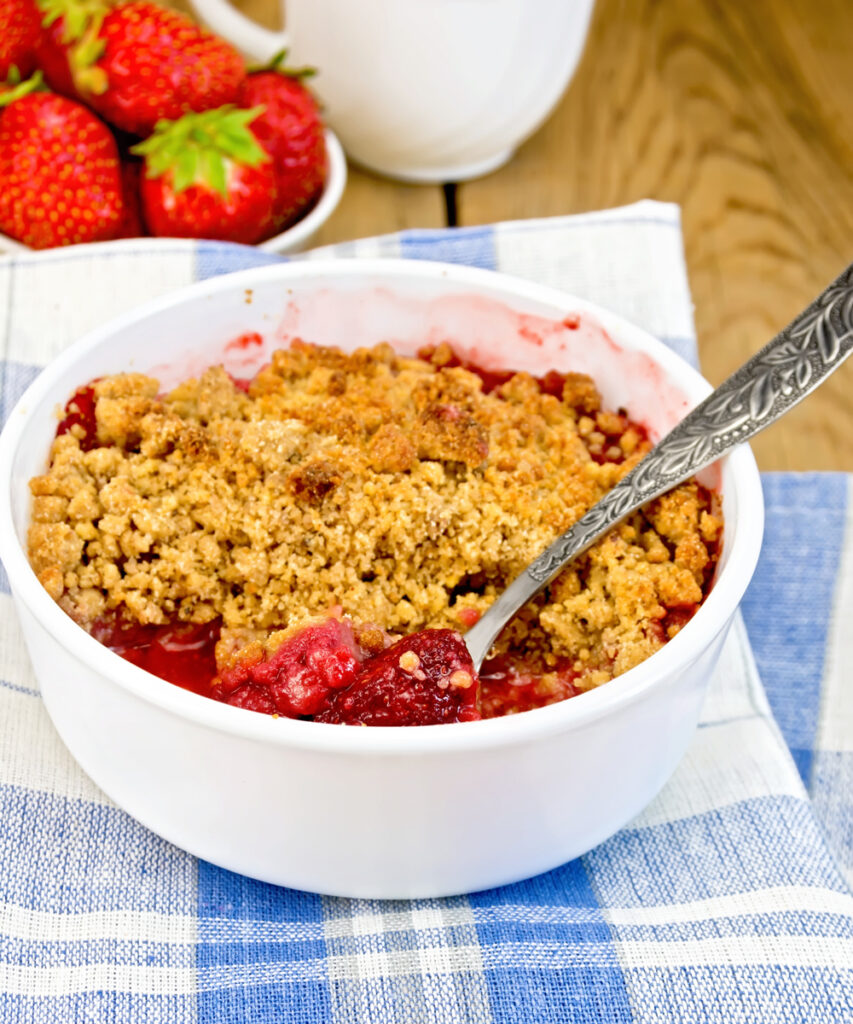How To Incorporate More Fruits & Vegetables Into Your Diet
Fruit and vegetables are the best method for delivering essential nutrients and are a great source of fiber for optimal digestion. But not everyone can stand the taste or texture of the different types of veg and fruit that it takes to fulfill those essential nutritional requirements.
There are however a number of different ways that fresh fruit and vegetables can be incorporated into your diet that are both healthy and tasty. Check out these 5 methods for using fruit and veg in different ways to enjoy the taste, texture and benefits:
1. Raw Food
Many people are put off by the taste and texture of vegetables that have been overcooked. Raw vegetables are not just tastier and sweeter but retain far more nutritional value than cooked veg. So buy some sugar snap peas, ready-to-eat baby carrots or mini sweetcorn to eat as snacks instead of crisps or other sweet and savory treats. Chopped up bell-peppers, radishes and fruit are also great healthy snacks.
2. The Smoothie
The smoothie is the ideal vehicle for just about any fruit or vegetable. Simply clean or peel the preferred veg and fruit to add to yogurt or a shake and blend to the desired consistency. A healthy fruit and/or veg smoothie is a great full meal replacement that ensure that all the necessary nutrients are being consumed. However, it is important not to blend that smoothie too smooth. Essential fiber is lost when fruit and vegetables are blended which can have a negative impact on digestion.
3. Pasta And Sauce
There is nothing quite like a pasta sauce to hide the undesirable flavor and texture of a whole range of different vegetables. A basic sauce consisting of tomato, onion, garlic and fresh herbs like basil is incredibly simple but extremely tasty. Pureed butternut, pumpkin or squash are great to thicken a pasta sauce and add some sweetness. Carrot is the ideal sweet flavor addition to any sauce. A little unprocessed meat like lean bacon or shoulder ham can also go a long way to hiding the taste of certain vegetables.
4. Carb Substitute
Low-carb diets are currently trending. But it is important to remember that low-carb does not mean no-carb. All fruits and vegetables contain carbs to some degree. For example, potatoes are an incredibly high source of carbohydrates whereas cauliflower, broccoli and zucchini are all low in carbohydrates. Mashed or chopped cauliflower is therefore the ideal substitute for rice or mashed potatoes. Zucchini cut lengthwise into strips and lightly sauteed is a good alternative to wheat pasta. Broccoli is a great substitute for bread crumbs to create a healthy and crispy coating for proteins while hiding the taste.
5. Herbs And Spices
Using a wide range of herbs and spices can also go a long way to hiding the taste of vegetables. Indian foods that use curry, turmeric, aniseed and cardamom are all ideal for entirely covering the taste of vegetables. Spicy Mexican flavors are also a good combination with vegetables. Just about any strong herb or spice combination can compliment or hide the natural flavors of different vegetables.
Just a little cooking creativity and inspiration can ensure that all the essential nutritional value is being received from a healthy diet packed full of fruit and vegetables while enjoying every bite.
Share this post:
Better Living for Today
A Look At National Golf Lovers Day Activities
National Golf Lovers Day is celebrated on October 4th every…
Read MoreHomemade Strawberry Crumble
This simple and delicious strawberry crumble is an excellent way…
Read More



